Description of Butte aux Cailles
Among the very different neighborhoods that make up the very heterogeneous 13th arrondissement, lies Butte aux Cailles. This small hill out of the tourist path and the car traffic kept an older village feel to our greatest pleasure.
Once a Residential Working Class Area
In the early 19th century, the neighborhood hosts the workers of tanneries or dye houses taking advantage of la Bièvre, a former nearby river.
Despite the integration to Paris during the major urban planning works of Haussmann in 1860, the burying of the unsanitary river and the end of the related industries, the aspect of Butte aux Cailles stayed relatively unchanged since.
Butte aux Cailles, another Spearhead for the Commune
Similarly to Belleville, this neighborhood was branded with a red-hot iron by the tragic events of the civil revolt of la Commune in 1871 and kept a radical and supportive spirit until then.
Maison Blanche, a Serene Neighbor
Further South, Maison Blanche is another secluded area with a working-class past, equally spared by the works of Haussmann. It displays rows of beautiful individual houses and flowery alleys which participate to a very peaceful atmosphere.
The Butte aux Cailles & Maison Blanche Tour
On this tour, we’ll meander through the quiet cobbled lanes, enjoying the pretty detached houses and flower-filled alleys, and observing the many artistic collages and murals, often with an activist twist.
We’ll discuss the reasons why these districts have survived nearly a century and a half without changing much, and learn more about the milestones and curiosities specific to these neighborhoods.
Along the way, we’ll enjoy the very local and friendly atmosphere of the cafés that dot the route and are the soul of the neighborhood.
Options
The 3-hour tour will be concluded by a drink, while the 4-hour version can include a meal together or a stroll towards a park nearby.
Highlights
- Village-like Streets
- Local & Community Cafés
- Collages & Graffitis


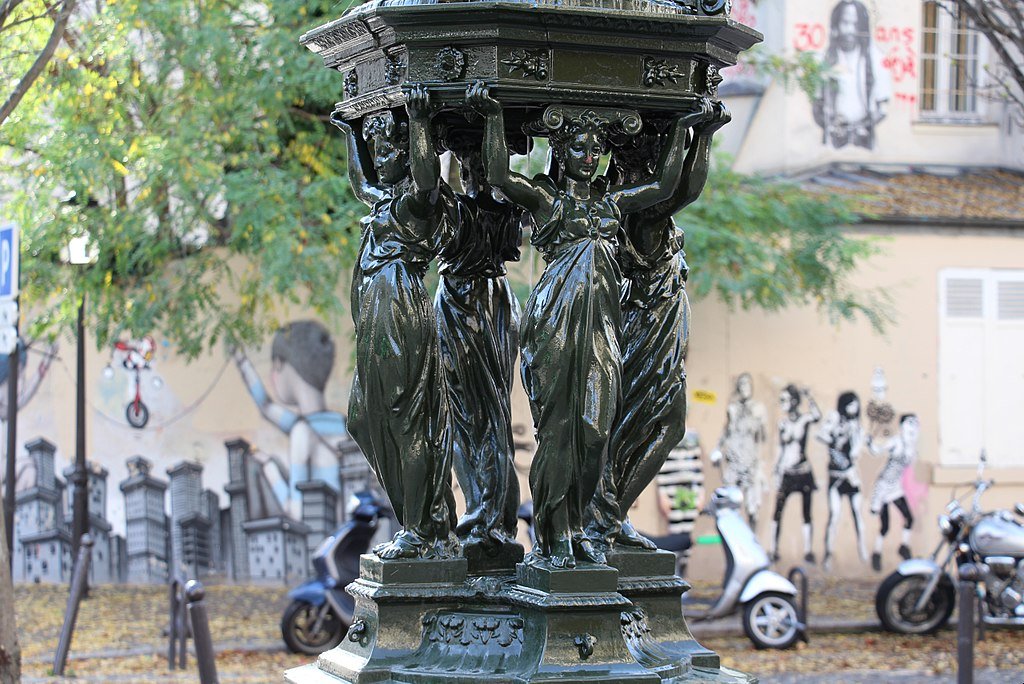
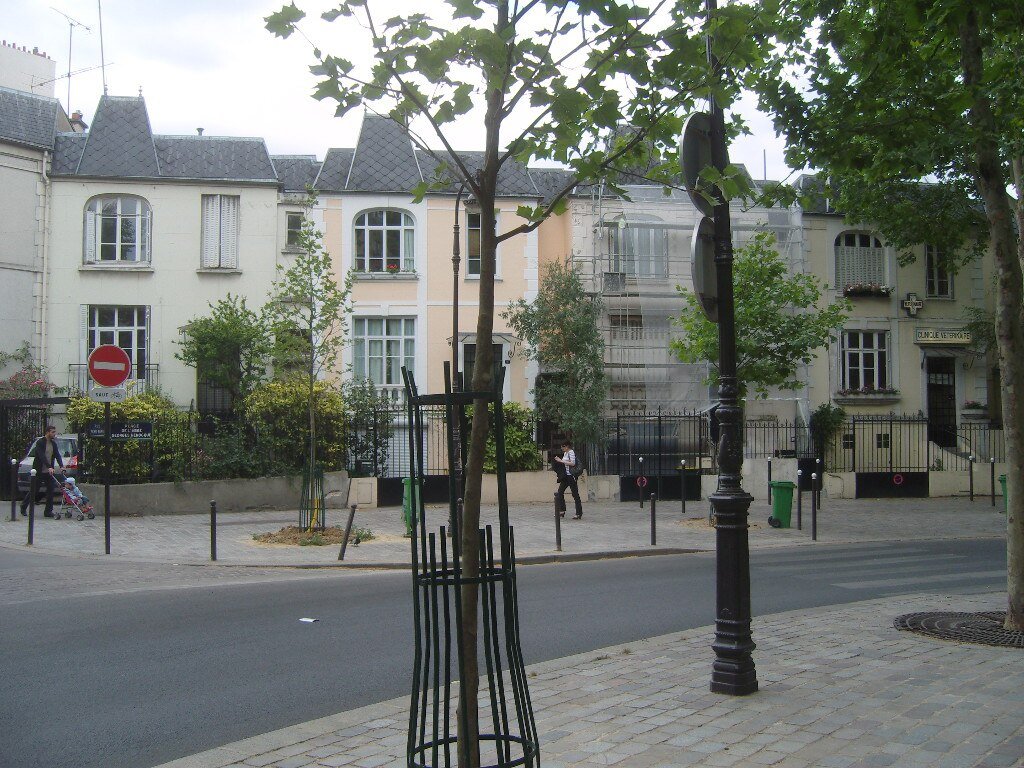



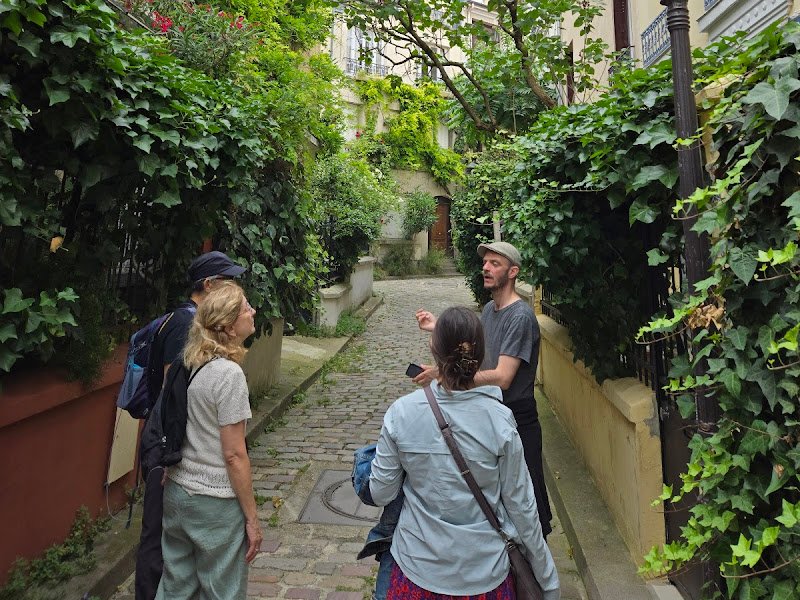


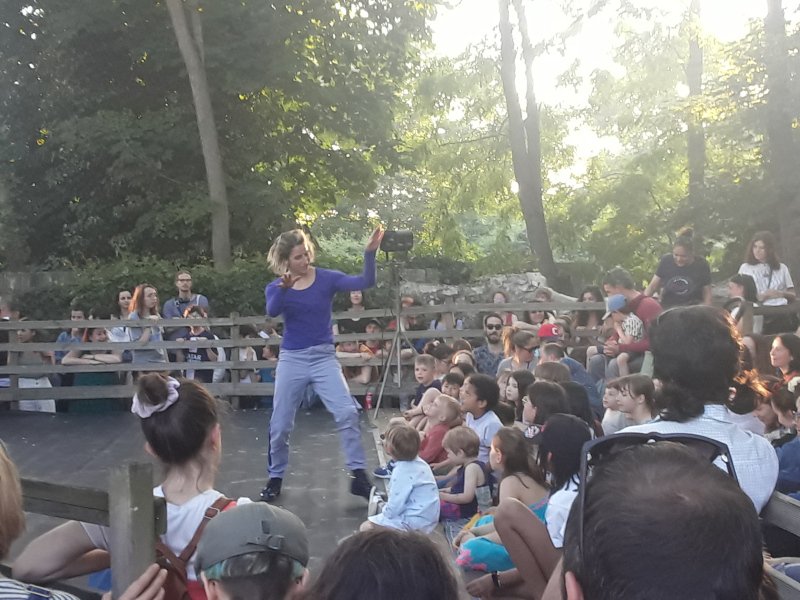
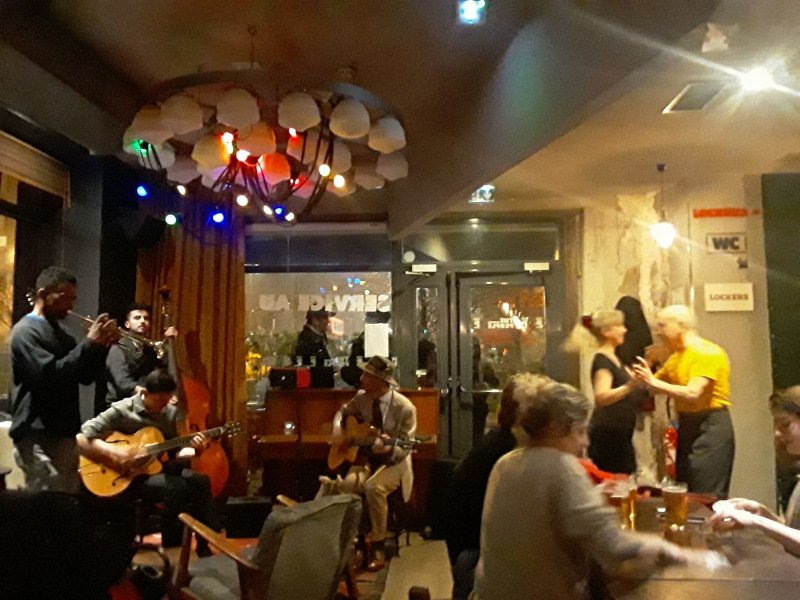






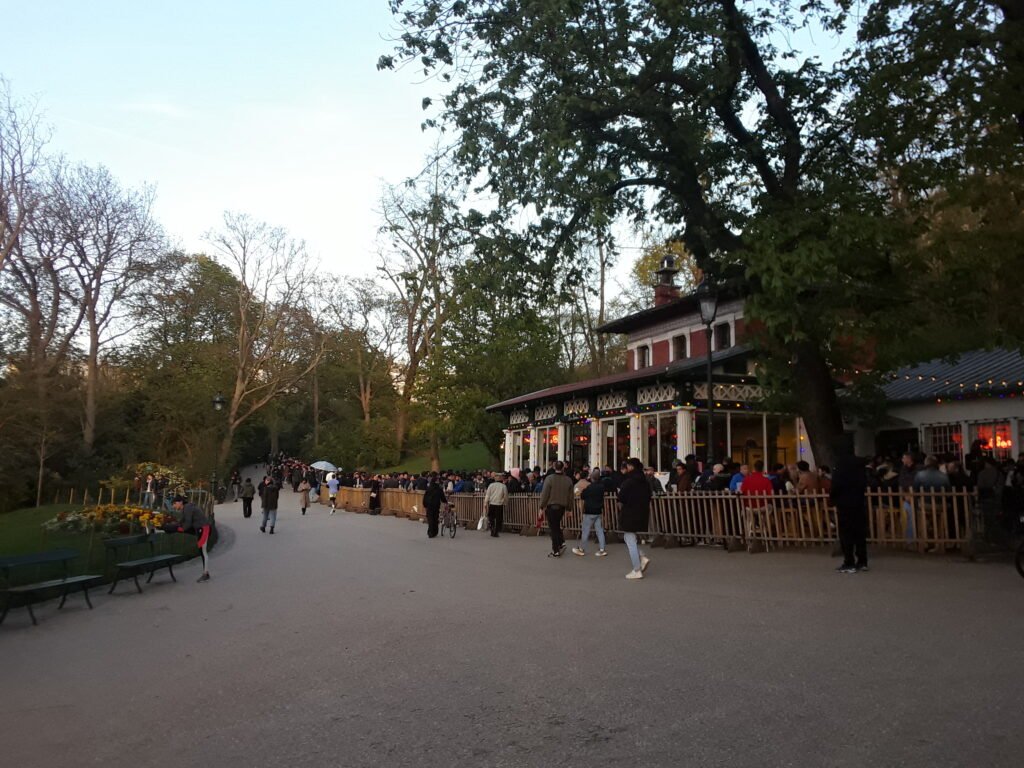
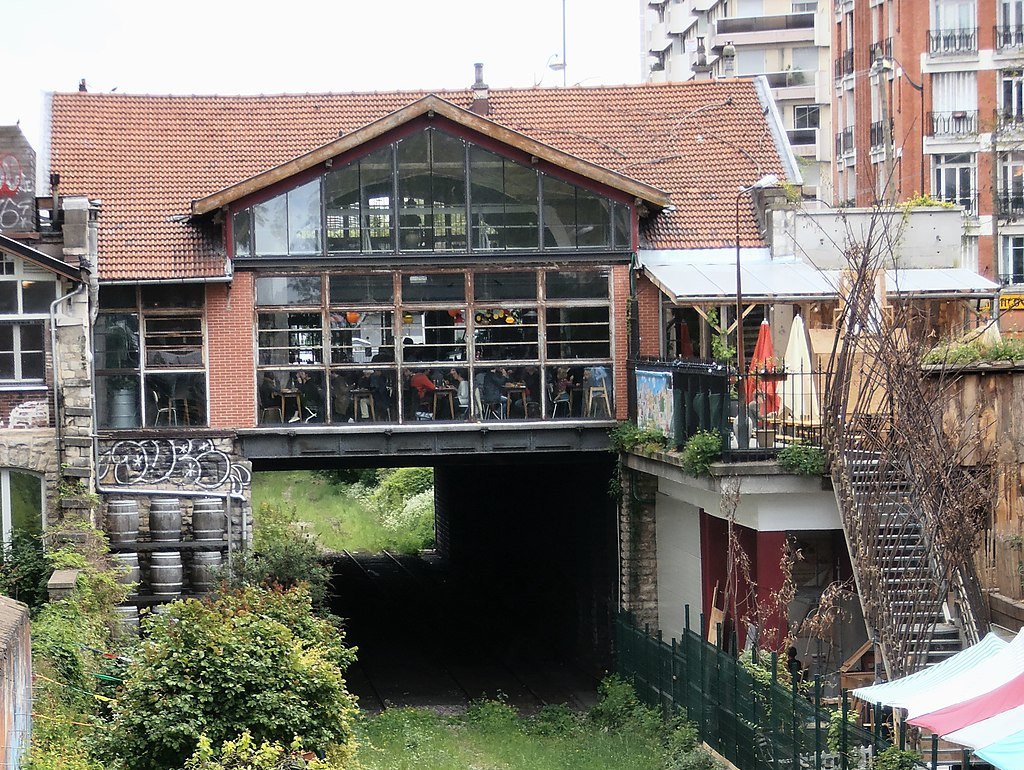
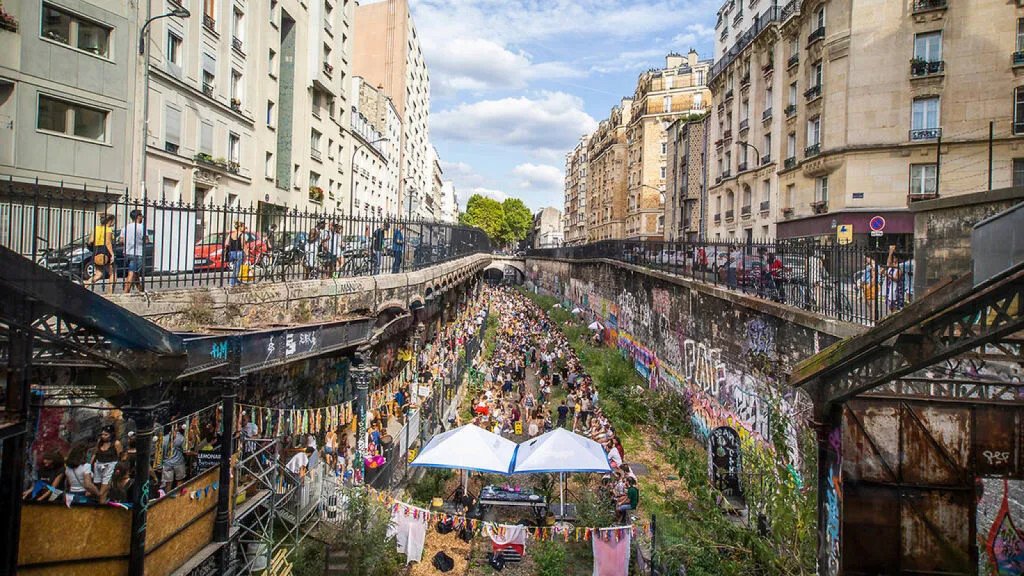

Write a Review